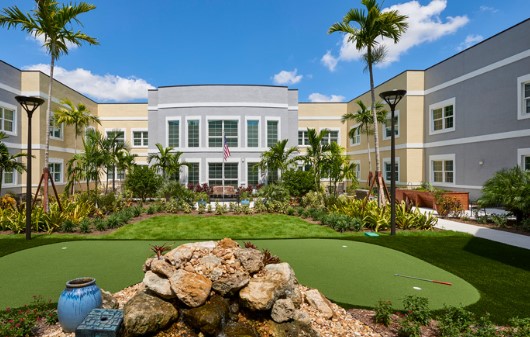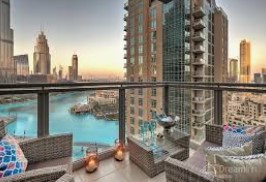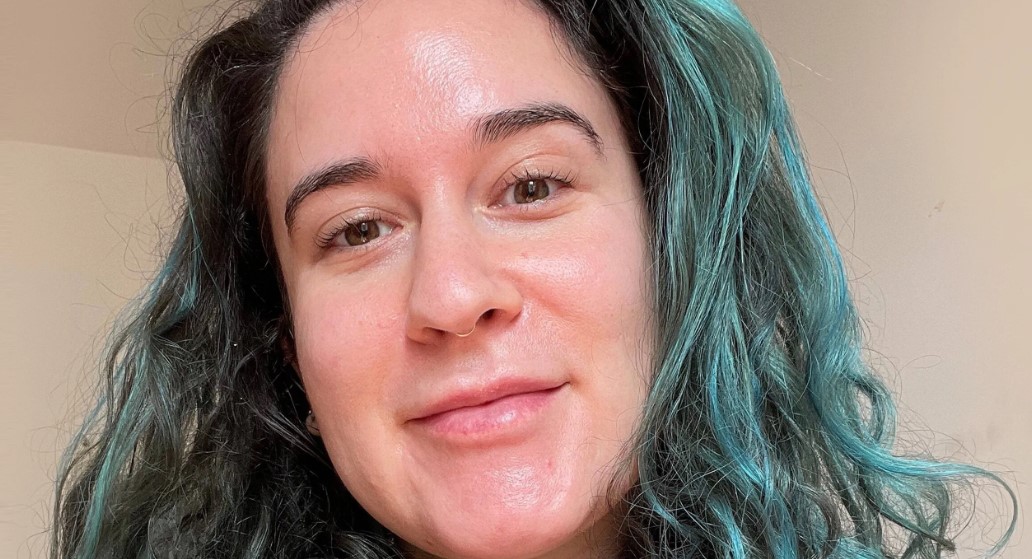
How Design and Environment Impact Senior Living: Creating Spaces for Well-being
Key Takeaways
- The senior living facilities’ layout and surroundings significantly impact the residents’ overall health and happiness.
- Natural light, accessibility, and green spaces enhance the quality of life for seniors.
- Incorporating technology can provide safety and convenience for senior residents.
- Data and research support the positive impacts of thoughtful senior living design.
Introduction to Design and Environment in Senior Living
The architecture and environment of senior living facilities significantly influence the residents’ quality of life. Thoughtful design can create a sense of community, promote independence, and ensure safety. Senior living facilities that integrate elements of comfort and safety provide residents with an environment that meets their basic needs and enhances their overall quality of life. Let’s examine the main factors that help develop ideal living areas for elderly individuals.
The Importance of Natural Light
Natural light is fundamental to any living space, and its benefits are even more pronounced for seniors. Living in a well-designed retirement community with natural light can dramatically boost a person’s well-being, contributing to mental and physical health. Studies have shown that exposure to natural light can reduce depression, improve sleep patterns, and enhance overall mood. By incorporating large windows, skylights, and open spaces, facilities can maximize natural light and create a brighter, more inviting atmosphere. Moreover, natural light helps regulate circadian rhythms, which are crucial for maintaining healthy sleep patterns. This can improve sleep quality, positively impacting cognitive function and emotional well-being. Hence, creating spaces that provide sufficient natural light is essential to establish a healthy environment for elderly individuals.
Accessibility and Safety Features
Accessibility is paramount in senior living facilities. This includes designing spaces that are wheelchair-friendly, have non-slip flooring, and provide easy access to all areas. It is crucial to have safety measures like handrails, emergency call systems, and proper lighting in hallways and staircases. According to a study on senior safety, Adequately planned spaces can significantly decrease the likelihood of falls and injuries. Ensuring that all areas, including bathrooms and kitchens, are easily navigable for those with mobility issues is also crucial. Features like walk-in showers lowered countertops, and lever-style handles can greatly enhance independence. By implementing these design features, senior living facilities can establish a secure and cozy atmosphere for their residents.
Read also: Asphalt Innovation – The Road to a More Durable Future
Incorporating Green Spaces
Green spaces, such as gardens and parks, offer indispensable benefits for seniors. Being in nature can lower stress levels, encourage physical activity, and provide a setting for social interaction. Facilities with well-maintained green spaces enhance aesthetic appeal and promote mental and physical health. Being outdoors has been proven to boost Vitamin D levels, essential for bones and the immune system. Furthermore, having plants and natural scenery around can enhance the air quality and offer peace and calmness. These green spaces serve as communal areas where residents can socialize, exercise, and participate in gardening activities, which can significantly improve their overall well-being.
The Role of Technology
Older individuals can significantly improve their quality of life through technology. Innovations such as automated lighting, smart home systems, and health monitoring devices offer convenience and additional safety. A report by AARP highlights the increasing adoption of technology in senior living to improve residents’ quality of life and independence. For example, voice-activated assistants can help seniors control their environment, manage their schedules, and even make emergency calls if needed. Health-monitoring devices can track vital signs and send alerts in case of any anomalies, ensuring timely medical intervention. By integrating these technologies, senior living facilities can offer a more comfortable and secure living experience.
Research Supporting Thoughtful Design
Numerous studies underscore the positive impacts of well-designed living spaces for seniors. For example, research has demonstrated that environments designed with seniors in mind can lead to increased social interaction, reduced anxiety, and better overall health outcomes. Facilities that invest in thoughtful design create a more supportive and engaging environment for their residents. Additionally, research indicates that seniors living in well-designed environments experience fewer hospitalizations and have a higher quality of life. Thoughtful design also includes creating cognitively stimulating areas that promote mental well-being. Spaces that facilitate social activities, artistic endeavors, and physical exercises contribute to a holistic growth environment for seniors.
Real-Life Examples
Many senior living communities worldwide have embraced these design principles to great success. Facilities with ample natural light, beautiful green spaces, and advanced technology offer their residents an enriching experience. These communities serve as excellent models for promoting well-being through environmental design. For instance, some communities have created rooftop gardens, sensory rooms, and fitness trails catering to senior residents. These innovations provide physical benefits and enhance emotional and social well-being. By adopting these design elements, other senior living facilities can strive to create more holistic and nurturing environments.
Conclusion
The layout and surroundings of senior living facilities are not just about looks; they are crucial for the residents’ overall health and happiness. By prioritizing natural light, accessibility, green spaces, and technology, we can create environments that support and enrich the lives of seniors. Investing in thoughtful design is not just beneficial; it’s essential. As we evolve our understanding of senior living needs, we must incorporate these elements to ensure that our senior communities prosper and thrive in surroundings that genuinely cater to their well-being.






